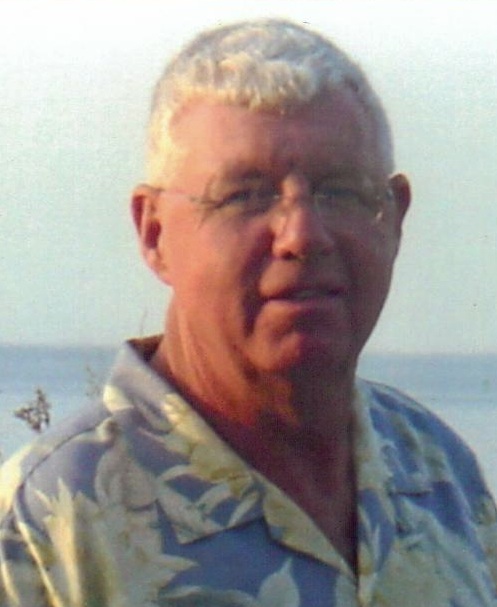When we are just “scraping the surface” of a subject we are paying only cursory attention. We are careless and shallow. Our first impression of Daniel O’Keefe’s abstract scrapings can find us guilty of having lightly interpreted the aesthetic pleasure of his surfaces. We are also guilty of the quick and easy conclusion that his works are derivative of the scraped abstractions of that contemporary giant, Gerhard Richter. Nothing could be further from the truth. There is an apparent concinnity between the two artists’ works, both of whom began scraping abstractions in the late 1970s. But O’Keefe remained completely unaware of Richter until the late 1990s.
More important, a deeper look reveals significant differences in their styles, techniques, and intentions. Richter began exploring abstraction in the late 1970s by dragging layers of pigment across the canvas, building upon those layers with the objective of removing expression. By the early 1990s he was scraping horizontal and vertical striations in brighter pigments against muted substrata. The driving force behind O’Keefe’s exploration of abstraction is just the opposite. His process begins with applying layer upon layer but after dragging pigments across the picture plane he embarks on a subtractive process. Scraping through layer after layer, some pigments are allowed to remain while some areas ultimately reveal patches of an aluminum base, glistening as an integral element of the composition.
The reality is that O’Keefe’s abstractions flow from a wellspring of many layers of truths deeply rooted in tragedy — and in a process that is equally cathartic and creative they emerge as exhilarating expressions of beauty. “I was more interested in the unfolding color composition in its abstract form. Color has always been an important element in my works. The joy and sometimes pain comes from adding and removing multiple layers, thus exposing the myriad layers of color beneath the surface,” he says. “I liken this process to the natural exposure of the layers of my life.”
Indeed, in 1966, at age eighteen, a tragic event became the catalyst for his first exploration of abstraction as a way of expressing a deep and searing pain. His sister, Cathy, with whom he was very close, was sailing with her cousin and a friend when their small boat capsized in Long Island Sound. Panic ensued. While the friend swam to shore to get help, Cathy drowned trying to save her cousin, who survived. Shortly after the funeral, O’Keefe created a painting that was his dark impression of the scene. Pulling and sweeping broad brushstrokes across the canvas, he left streaking scars of reds and oranges that recall the moment of terror in Edvard Munch’s The Scream. But O’Keefe’s scene is absent of any people. Instead, he created an amorphous blending of the shore, sea, and sky that flows ominously to the left. This emotionally expressive work presaged his later abstractions and he has pulled and scraped away layers ever since. But before he became a mature artist, he was destined to drop much deeper.
O’Keefe was born in Nassau County, Long Island, on November 7, 1948. In 1951 his father, who worked for the Pan American airline company, became stationed in Beirut, Lebanon. The next seven years found a young brother and his sister acclimated to life in a multi-cultural city. Unfortunately, both parents became alcoholics and smoked hashish — the children even discovered needles scattered about the house. Consequently, his mother lost two pregnancies to fetal alcohol syndrome. The family’s return to the United States in 1958 did little to restrain the drinking. The boy even hid his mother’s bottles of liquor in his toy chest in the naive hope that he could stop her decline. Just as futile were his attempts to stop his drunken father from beating his mother unconscious. Then his father left for good. At age fourteen, a curious and frustrated boy returned to his toy chest still filled with liquor bottles and opened the lid to his own decline.
O’Keefe was a predictably poor student throughout high school who continued to abuse alcohol. His father told him that he was simply stupid and was lucky to get a job at the local deli. In 1966, after his sister’s tragic death, he was frequently drunk throughout his senior year. His application to distant colleges was motivated more by escape than academic pursuit. He surprised everyone by gaining admittance to Eastern New Mexico University but not surprisingly joined a drinking fraternity. During his sophomore year he dropped out and joined the Navy as a gunner’s mate on a destroyer. In 1969, he was informed that his mother had died at age fifty. Feeling that he had no purpose in life, his tailspin continued. Several times he was arrested overseas for drunk and disorderly conduct. When he heard that Naval Intelligence was investigating suspicions that he was dealing in drugs he applied for resignation owing to mental stress. The Navy readily let him go.
The pattern of drinking, blackouts, drug-dealing, and arrests continued to a low point one day in 1973 when he became delusional owing to drugs. Standing naked on the balcony of his Oyster Bay apartment, he read passages from Dali by Dali aloud to his neighbors. Soon he found himself incarcerated in a psychiatric ward reminiscent of the movie, “One Flew Over the Cuckoo’s Nest,” which had become a hit just a year earlier. Diagnosed as paranoid schizophrenic, he saw no hope of getting out. When he refused to take his medications he was beaten, sexually assaulted, and put in a straightjacket. He escaped twice but was arrested and brought back. In a childlike regression he refused to talk. Fortunately, one caring psychiatrist was able to gain his trust through the game of chess. Eventually, the psychiatrist became comfortable in signing him out for day trips. Improvements came gradually and reached a turning point one day when the psychiatrist took him to the beach. O’Keefe calmly took off all of his clothes, walked into the same waters that had claimed his sister, and prayed that he regain his sanity. Shortly thereafter he regained his mind and was released.
Nevertheless, three more years of drug and alcohol abuse would ensue until — on May 11, 1976 — desperation drove him to Alcoholics Anonymous. Abuse has been absent from his life ever since. He immediately started what became a successful painting business and expanded into construction. He learned to fly so that he could see the earth from a different perspective. He earned his commercial pilot license, bought two planes, and shuttled people to Block Island and Martha’s Vineyard. In the late 1980s he had even begun to reconnect with his father in a spirit of forgiveness. But soon thereafter, that resolution was tragically cut short when his father shot himself.
Throughout all of his years of pain and then reinvention O’Keefe never stopped making art. It was particularly while working in painting and construction that he first discovered the aesthetics unique to scraping. In preparing wooden window frames, for example, he noticed how successive layers of different paints would have to be removed before he reached the bare wood. “As I scraped, I would uncover history,” he recalled. “I was always interested in who might have applied those coats and the timeline of the different layers. The older the building, the more history was uncovered. I also noticed how the layers spread or fanned out as I scraped. When I reached the wood surface, I could sometimes see up to ten layers. That was really exciting. Later, when I started using stripping solvents, the colors would blend together as the layers were removed, creating color formations completely different than those produced from manually scraping through the individual layers.”
While the subtractive process yielded results that were visually fascinating the additive process was as complementary. With a trawl as his brush and a hawk as his palette he would apply compound and plaster, often mixed with color, and then scrape it off just before it hardened. The effects varied depending upon whether the surface was cement, brick, plaster, or wood. Work in very old buildings often resulted in exposing a wall’s lath and plaster structure, with broken pieces of old plaster still clinging to each other because of the horsehair that was added for strength. A master Italian plasterer taught him how to rebuild the surfaces to a smooth finish. During the late 1990s O’Keefe turned to Venetian plaster for his art, tinted with ground pigments, and it became his favored medium. Consisting of plaster and marble dust, Venetian plaster can be burnished to create very hard marble-like surfaces that reveal a sense of depth. These subtractive and additive processes, working with knives and trawls, have remained at the core of his art.
At forty-four O’Keefe returned to college and in 1996 earned his undergraduate degree from the C.W. Post campus of Long Island University. That year he was also admitted as a member of American Mensa. He went on to earn a Master of Fine Arts degree in 1998 and a Master in Interactive Multimedia in 2000. While this “stupid” high school boy and college dropout originally thought that being armed with a résumé loaded with academic credentials would grant him acceptance into the art community he wound up discovering that he first had to accept himself. Subsequently, he began working on his Ph.D. in Library and Information Sciences with a discipline in cultural literacy, exploring cross-cultural transmission of textual and visual information. In 2004 he read his pre-dissertation paper at University College London.
During the process of earning his degrees O’Keefe was exposed to a number of artists. He was particularly attracted to Sam Francis’s gestural approach to the canvas as well as Jean-Paul Riopelle’s bold impastos created with the palette knife. However, Richter never stood out. It was not until around 2010 that he began to realize why some may misinterpret his works as being similar to those of Richter. “Richter’s work on aluminum is different from mine in many respects. He uses squeegees and spatulas to create the impression that his work is produced by mechanical means — as if the hand of the artist has no direct involvement. I’m all about expressing my direct involvement in the process. The removal and scraping is the most important aspect of uncovering what I feel. It would appear that Richter’s abstract paintings are left more to chance. Chance always exists in my work, but direction, movement, and theory are always present.”
Biographer Dietmar Elger has described Richter’s abstract paintings as produced by “pulling the paint in emotionless paths over the canvas,” with the purpose of being “gestural without being expressive.” In contrast, O’Keefe’s scraping of paths produces abstract paintings that are not only gestural and expressive but born from a deeply emotional source. Here is an unfolding tale that shows how “scraping the surface” can capture more than just our cursory attention.
Revelations Through Scraping
-

Untitled, from the Cityscape series, No.78, 2009
72.5 x 16 inches (184.15 x 40.64 cm) -
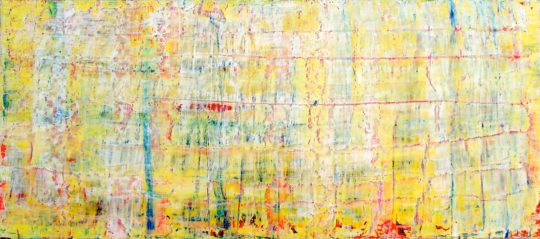
Untitled, from the Cityscape series, No.81, 2009
36 x 16 inches (91.44 x 40.64 cm) -
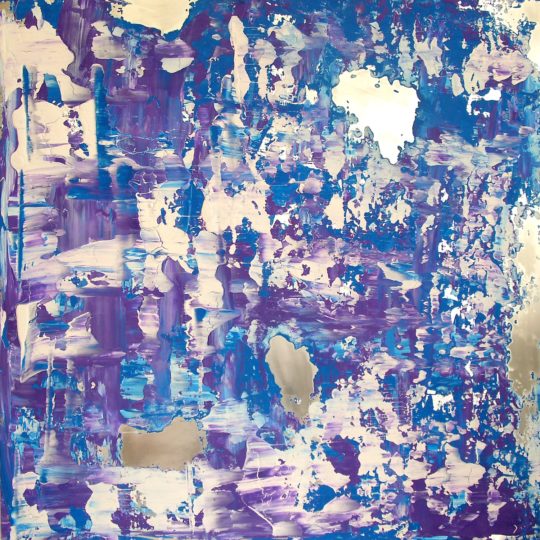
Untitled, No.11, 2012
36 x 36 inches (91.44 x 91.44 cm) -
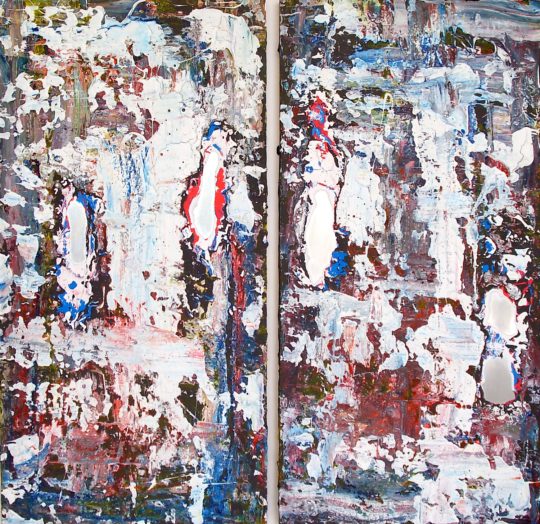
Untitled, No.13 diptych, 2012
25 x 24 inches (63.5 x 60.96 cm) -
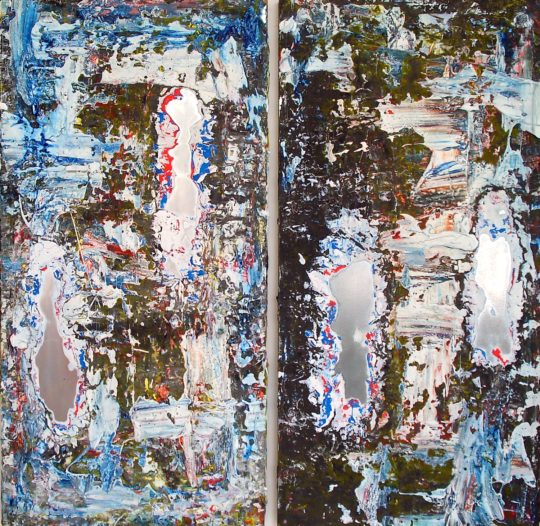
Untitled, No.14 diptych, 2012
25 x 24 inches (63.5 x 60.96 cm) -
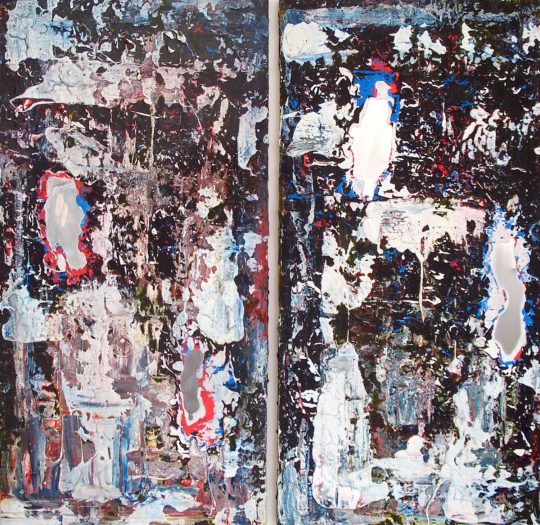
Untitled, No.15 diptych, 2012
25 x 24 inches (63.5 x 60.96 cm) -

Untitled, No.2, 2012
36 x 36 inches (91.44 x 91.44 cm) -
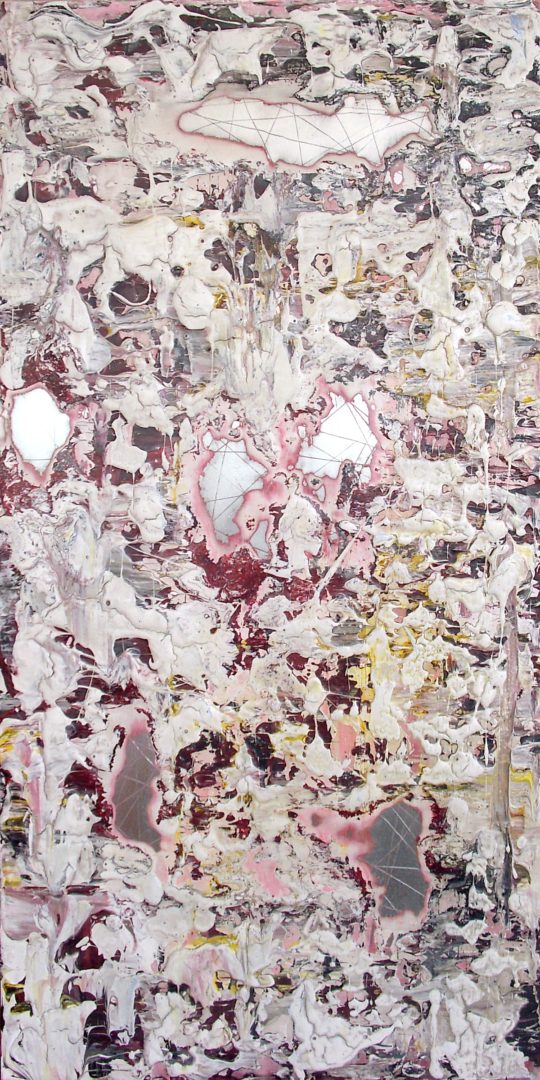
Untitled, No.21, 2012
12 x 24 inches (30.48 x 60.96 cm) -
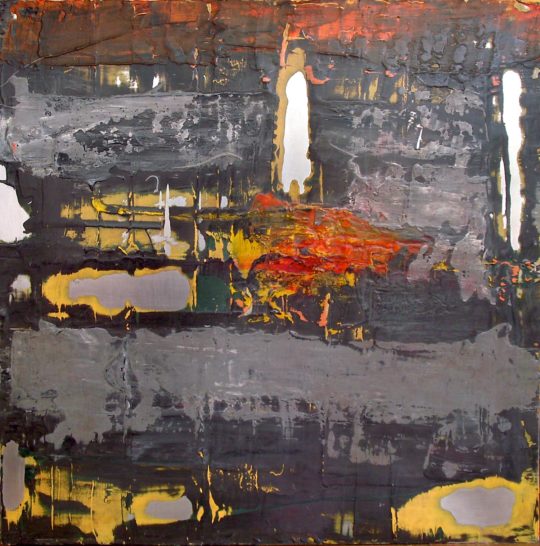
Untitled, No.22, 2011
18 x 18 inches (45.72 x 45.72 cm) -
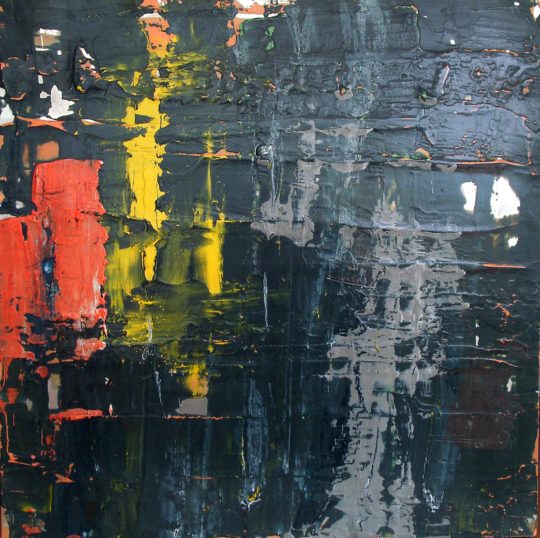
Untitled, No.23, 2011
18 x 18 inches (45.72 x 45.72 cm) -
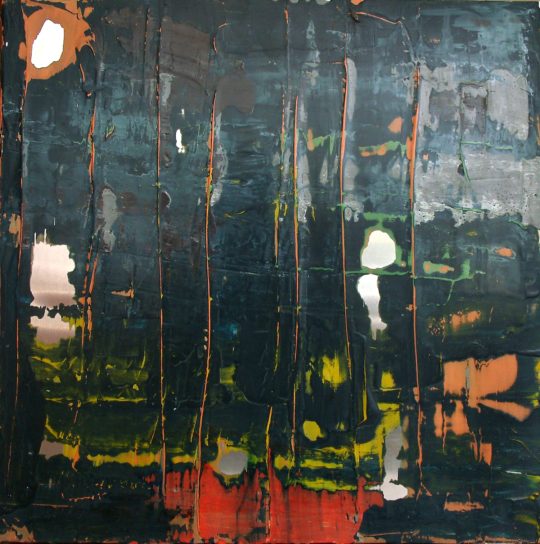
Untitled, No.24, 2011
18 x 18 inches (45.72 x 45.72 cm) -
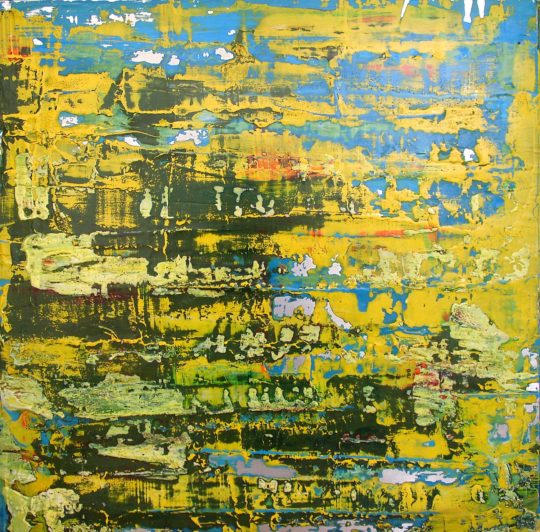
Untitled, No.25, 2011
18 x 18 inches (45.72 x 45.72 cm) -
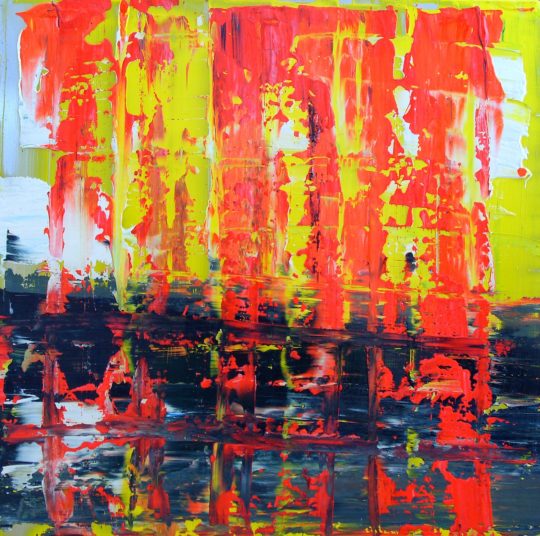
Untitled, No.27, 2011
18 x 18 inches (45.72 x 45.72 cm) -
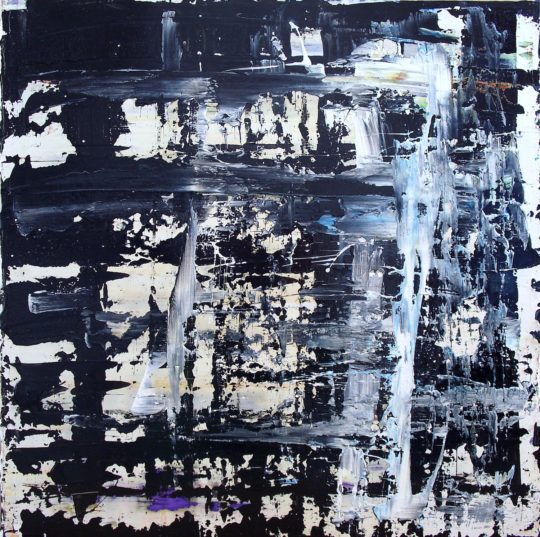
Untitled, No.29, 2011
18 x 18 inches (45.72 x 45.72 cm) -
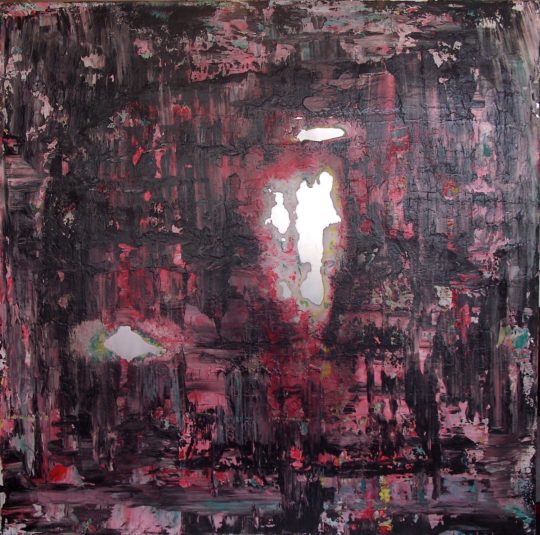
Untitled, No.3, 2012
36 x 36 inches (91.44 x 91.44 cm) -
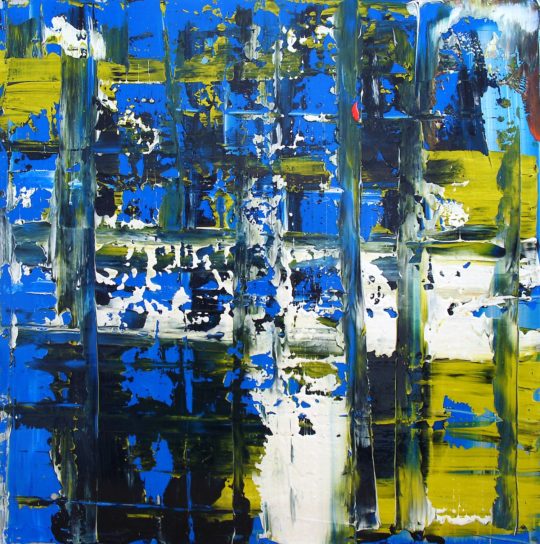
Untitled, No.30, 2011
18 x 18 inches (45.72 x 45.72 cm) -

Untitled, No.31, 2011
18 x 18 inches (45.72 x 45.72 cm) -
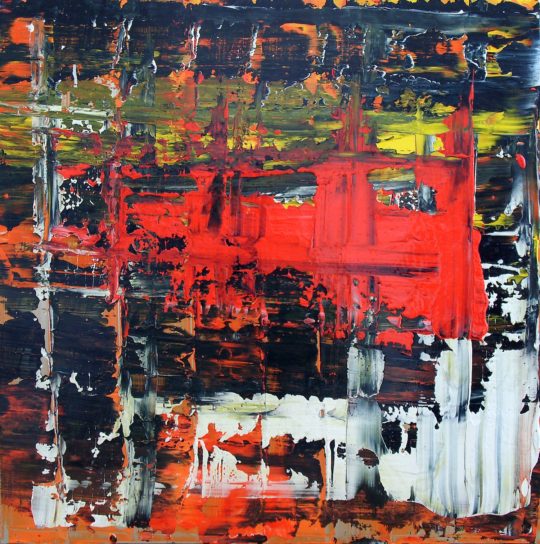
Untitled, No.33, 2011
18 x 18 inches (45.72 x 45.72 cm) -
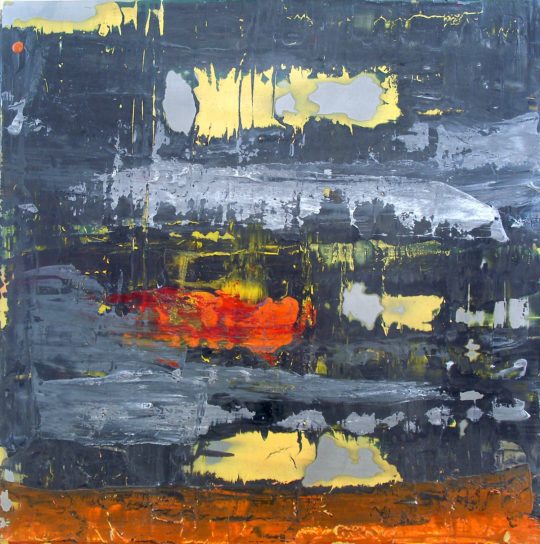
Untitled, No.36, 2011
18 x 18 inches (45.72 x 45.72 cm) -
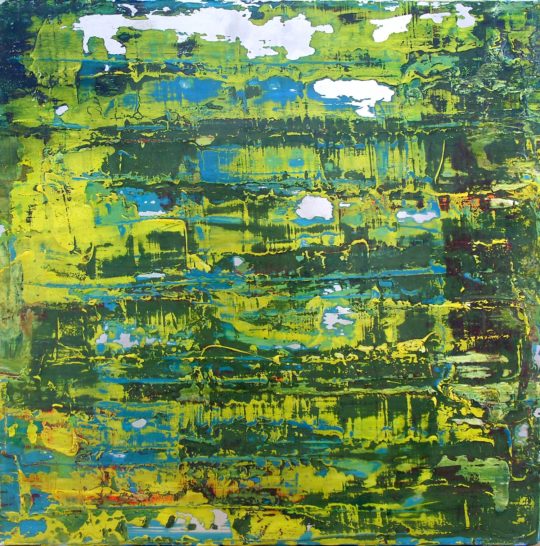
Untitled, No.37, 2011
18 x 18 inches (45.72 x 45.72 cm) -
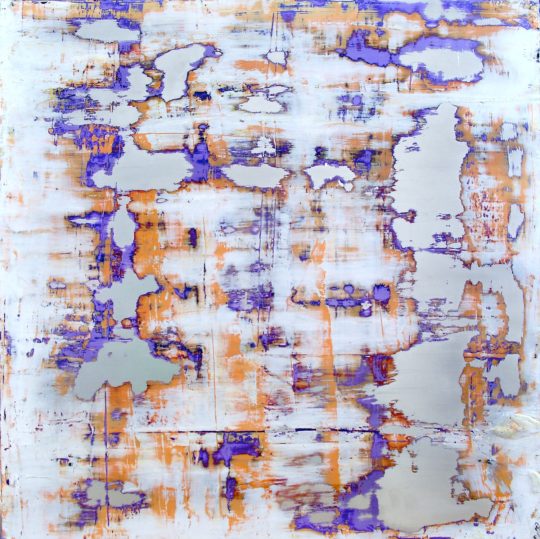
Untitled, No.39, 2011
18 x 18 inches (45.72 x 45.72 cm) -
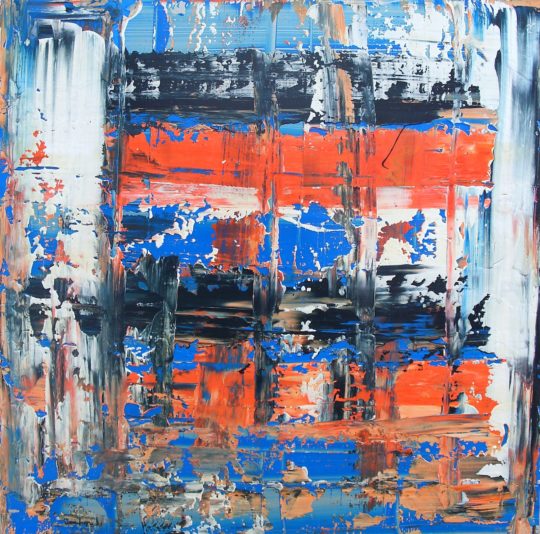
Untitled, No.41, 2011
18 x 18 inches (45.72 x 45.72 cm) -
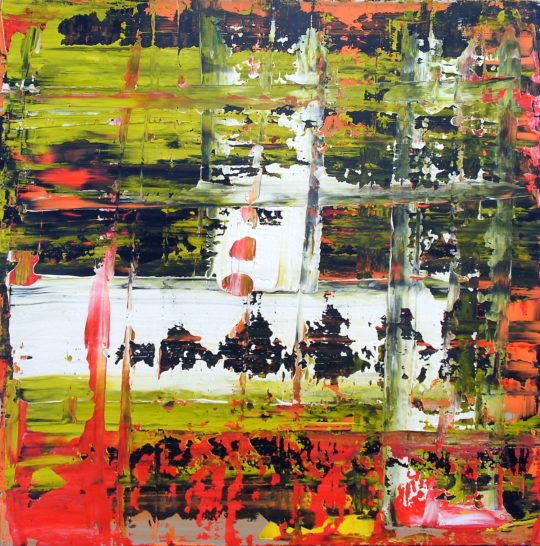
Untitled, No.42, 2011
18 x 18 inches (45.72 x 45.72 cm) -
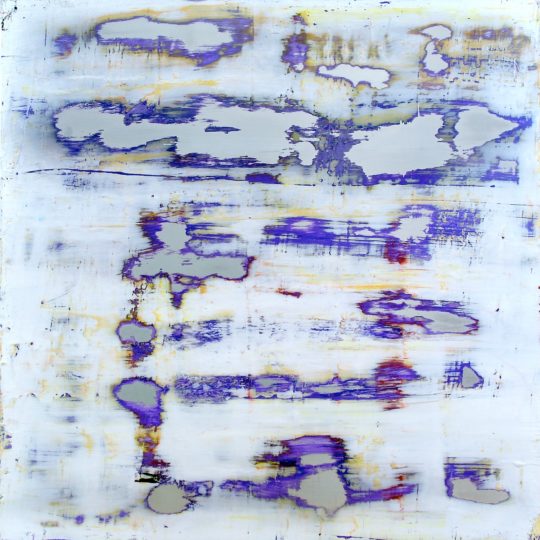
Untitled, No.43, 2011
18 x 18 inches (45.72 x 45.72 cm) -
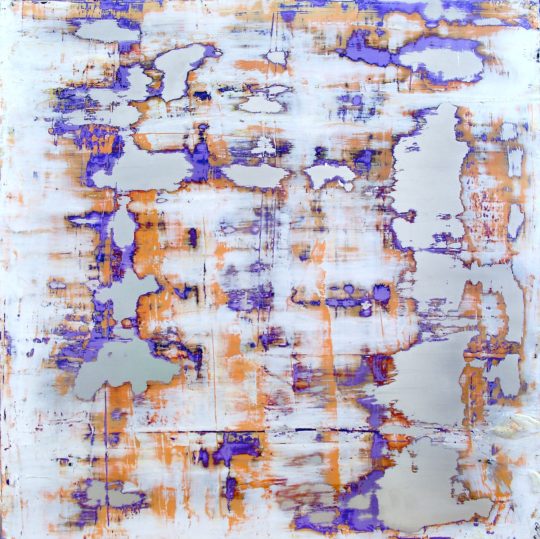
Untitled, No.44, 2011
18 x 18 inches (45.72 x 45.72 cm) -
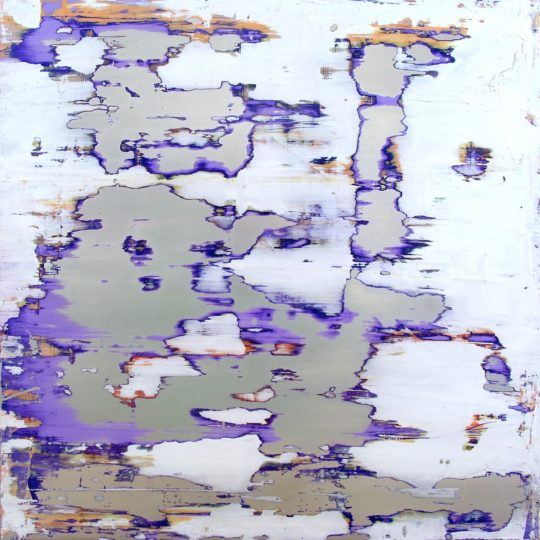
Untitled, No.45, 2011
18 x 18 inches (45.72 x 45.72 cm) -
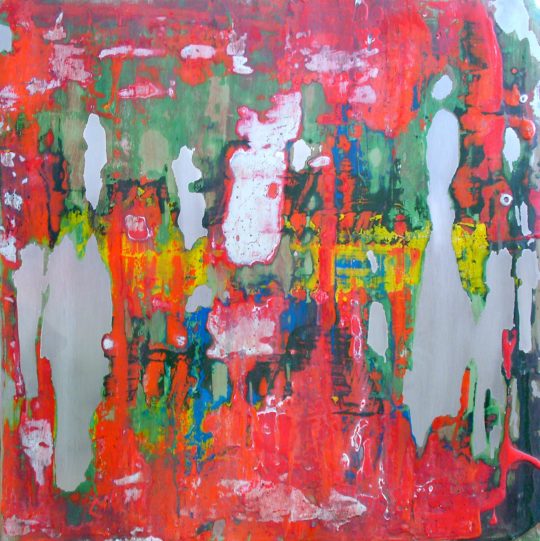
Untitled, No.66, 2011
18 x 18 inches (45.72 x 45.72 cm) -
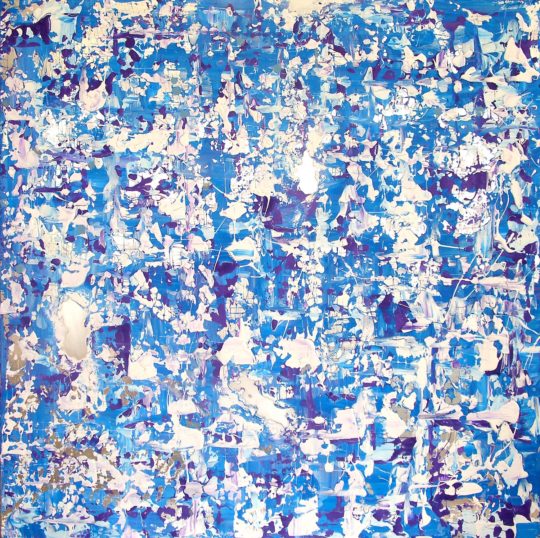
Untitled, No.7, 2012
36 x 36 inches (91.44 x 91.44 cm) -
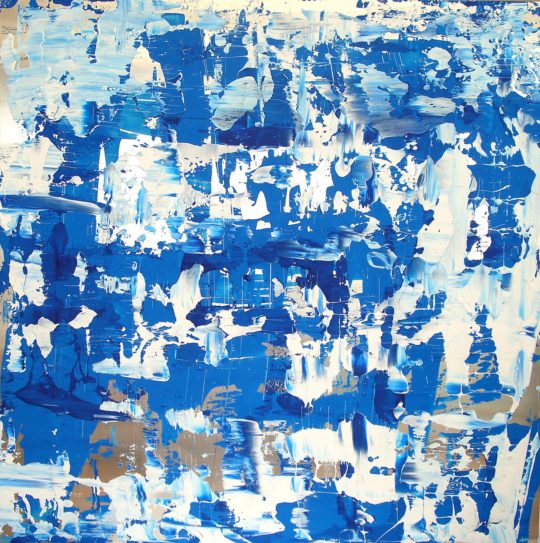
Untitled, No.8, 2012
36 x 36 inches (91.44 x 91.44 cm) -

Untitled, No.9, 2012
36 x 36 inches (91.44 x 91.44 cm)
-

Untitled, from the Cityscape series, No.78, 2009
72.5 x 16 inches (184.15 x 40.64 cm) -

Untitled, from the Cityscape series, No.81, 2009
36 x 16 inches (91.44 x 40.64 cm) -

Untitled, No.11, 2012
36 x 36 inches (91.44 x 91.44 cm) -

Untitled, No.13 diptych, 2012
25 x 24 inches (63.5 x 60.96 cm) -

Untitled, No.14 diptych, 2012
25 x 24 inches (63.5 x 60.96 cm) -

Untitled, No.15 diptych, 2012
25 x 24 inches (63.5 x 60.96 cm) -

Untitled, No.2, 2012
36 x 36 inches (91.44 x 91.44 cm) -

Untitled, No.21, 2012
12 x 24 inches (30.48 x 60.96 cm) -

Untitled, No.22, 2011
18 x 18 inches (45.72 x 45.72 cm) -

Untitled, No.23, 2011
18 x 18 inches (45.72 x 45.72 cm) -

Untitled, No.24, 2011
18 x 18 inches (45.72 x 45.72 cm) -

Untitled, No.25, 2011
18 x 18 inches (45.72 x 45.72 cm) -

Untitled, No.27, 2011
18 x 18 inches (45.72 x 45.72 cm) -

Untitled, No.29, 2011
18 x 18 inches (45.72 x 45.72 cm) -

Untitled, No.3, 2012
36 x 36 inches (91.44 x 91.44 cm) -

Untitled, No.30, 2011
18 x 18 inches (45.72 x 45.72 cm) -

Untitled, No.31, 2011
18 x 18 inches (45.72 x 45.72 cm) -

Untitled, No.33, 2011
18 x 18 inches (45.72 x 45.72 cm) -

Untitled, No.36, 2011
18 x 18 inches (45.72 x 45.72 cm) -

Untitled, No.37, 2011
18 x 18 inches (45.72 x 45.72 cm) -

Untitled, No.39, 2011
18 x 18 inches (45.72 x 45.72 cm) -

Untitled, No.41, 2011
18 x 18 inches (45.72 x 45.72 cm) -

Untitled, No.42, 2011
18 x 18 inches (45.72 x 45.72 cm) -

Untitled, No.43, 2011
18 x 18 inches (45.72 x 45.72 cm) -

Untitled, No.44, 2011
18 x 18 inches (45.72 x 45.72 cm) -

Untitled, No.45, 2011
18 x 18 inches (45.72 x 45.72 cm) -

Untitled, No.66, 2011
18 x 18 inches (45.72 x 45.72 cm) -

Untitled, No.7, 2012
36 x 36 inches (91.44 x 91.44 cm) -

Untitled, No.8, 2012
36 x 36 inches (91.44 x 91.44 cm) -

Untitled, No.9, 2012
36 x 36 inches (91.44 x 91.44 cm)
No Press releases found.
No News found.
No Events Found.
